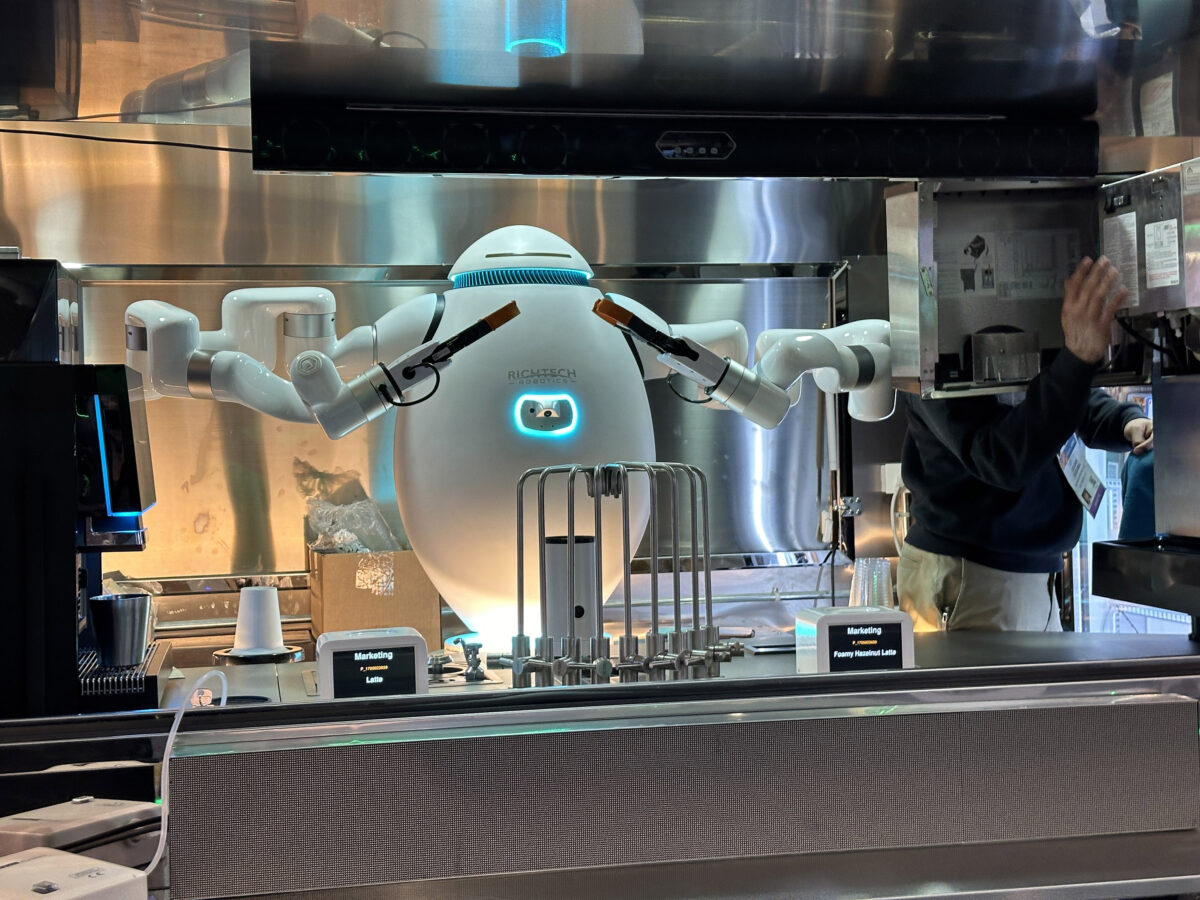In January, I had the pleasure of attending the CES in Las Vegas for the second year in a row. I took the opportunity to catch up with friends, explore some of the up-and-coming accessibility tools, and enable the salesperson from Canon to totally sell me on their next-gen products.
CES has made huge strides in ensuring accessibility technologies are prominently displayed and discussed at the show.
This is largely thanks to the herculean efforts of the CTA Foundation, the show organizer’s affiliated nonprofit that, in the words of its website, aims to “link seniors and people with disabilities with technologies to enhance their lives.” The foundation’s work is truly making a difference in ensuring accessibility and inclusion are hot topics when the tech world comes together.
But I’ve noticed a concerning trend.
While it’s certainly magnified at a place like CES, this trend isn’t specific to the tech show. It’s clearly noticeable in the wider assistive technology space. Companies — and startups in particular — are focused on sexy, futuristic tech that isn’t actually viable. And people in the disabled community are the ones losing out.
While I won’t call out any companies in particular, I’ve seen devices ranging from full XR exoskeletons to enormous VR headsets aimed at guiding people who are blind. And while these might be very cool, the problem we see time and time again is that when they hit the market they are too cumbersome, too expensive, and too complicated to see much, if any, real adoption. As a result, the time, effort, energy, and money of so many people who care about accessibility has gone to waste.
People with disabilities have needs that are not being met — and they’re not being met right now
Before you stop me and say, “Well, everything is crazy until someone gets it right and it takes over the world — think about the iPhone,” let’s talk a little about accessibility tech.
Most consumer technology can be placed in one of two categories:
- Things people may want, but don’t need
- Things that push our capabilities as society further, but only in the long term.
While you may be thinking that accessibility technology falls into the second category, it doesn’t.
The difference is the timescale. People with disabilities have needs that are not being met — and they’re not being met right now.
Returning to the iPhone or personal computer example: While they have absolutely revolutionized our lives and made critical tasks easier, people in the 70s didn’t need an iPhone or computer right then and there.
Comparatively, a wheelchair user confronted with an inaccessible building needs a solution at that exact moment. A hearing-impaired person who can’t complete their online training because of a lack of video captions needs a fix right there. A low-vision person who needs to follow inaccessible signage needs an immediate workaround.
The disabled community doesn’t have the luxury of waiting for sexy, unstable tools to get good — they need something practical and usable, and they needed it yesterday.
3 reasons assistive tech is left behind
1) The obsession with emerging technologies
This one is pretty obvious. We’ve seen the tech world’s attention jump from AR/VR/XR to Web 3 to AI in just the last few years. With that attention comes a constant stream of media and public focus on anyone incorporating the latest hot thing.
As an engineer myself, I know how easy it is to get caught up. We’re so excited about what we could do, we never stop to ask if we should.
2) Investors love sex appeal
Especially in tech, sexy gets funded. I’ve seen companies raise millions to develop some of the most impractical technologies because they can paint for investors a world where grandma wakes up and plays cyborg so she can make her morning coffee independently.
And at least for some amount of time, that constant stream of VC money can make up for the minimal success these technologies inevitably see in the market.
3) Lack of users involved in the design process
This may be the most important fight the disability community is taking on this decade, and I’ll continue to call out everything this issue touches.
Many, many accessibility companies are not involving disabled users in their design process. And I don’t mean that they aren’t testing on disabled users — they are. It’s just that by the time this testing occurs the product is already hundreds of thousands, if not millions, of dollars into development.
At that point, even with feedback from disabled users, there’s almost no going back. In these scenarios, disabled people are being used as validation points and testimonials to sell a product, instead of experts critical to proper development. This is inherently backwards.
What we can do differently
I’m not an enemy of progress, but we need to push for progress with process, and with intent. This means designing with disabled people, to create a technology that’s usable by them today, so that we can learn from them what will be usable for tomorrow.
At ReBokeh, we develop technology with a comfortable form factor that sees adoption in the thousands by users across the globe. Our strategy of making use of the camera hardware already built into your smartphone has cost us investor dollars and media attention, but what we have gained is a loyal community of disabled users who know we’ll answer their phone calls and emails, and take their thoughts into consideration to improve the technology.
With this process we have developed one of the most stable and usable vision assistive technologies on the market, and have received countless, unsolicited testimonials from users around the world that let us know just how much ReBokeh has made a difference in their everyday lives. These types of messages illustrate the point that disabled people are living and struggling in the present.
We have asked this community to make so many concessions in their everyday lives based on a world that isn’t inherently accessible, the least we can do is thoughtfully consider our strategies as we build technologies meant to support them.
Before you go...
Please consider supporting Technical.ly to keep our independent journalism strong. Unlike most business-focused media outlets, we don’t have a paywall. Instead, we count on your personal and organizational support.
Join our growing Slack community
Join 5,000 tech professionals and entrepreneurs in our community Slack today!

Federal grant freeze fire drill leaves orgs scrambling to brace for Trump-era priorities

Your guide to startup accelerators and incubators in Delaware

GEMMABio rakes in $34M raise, a huge boost to the Philly life sciences scene



